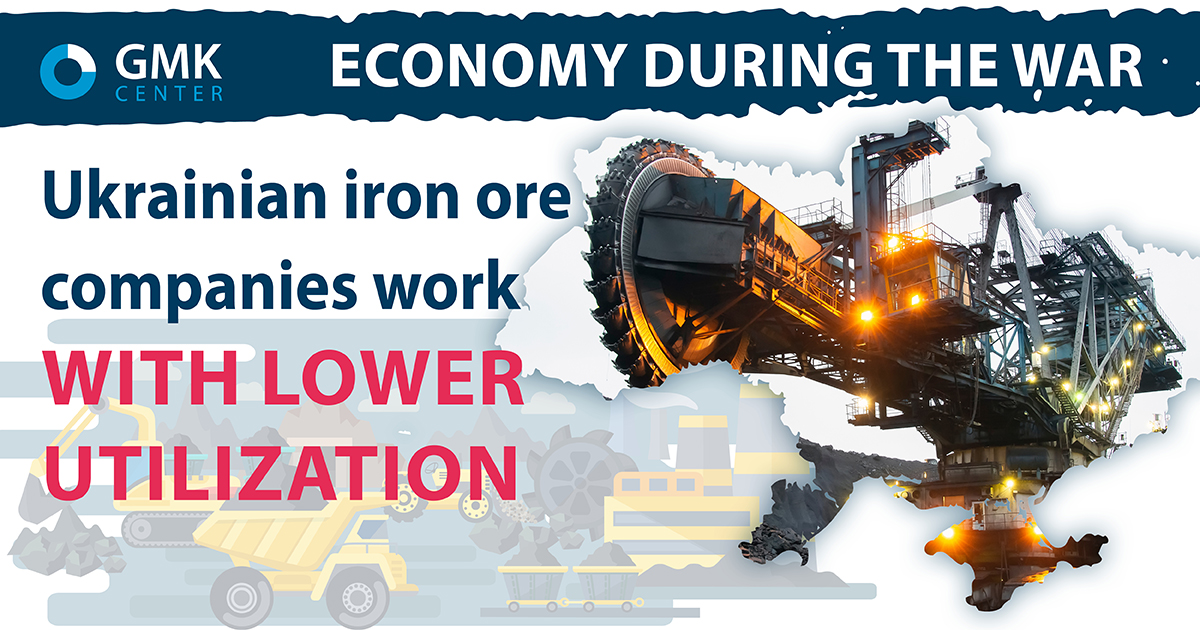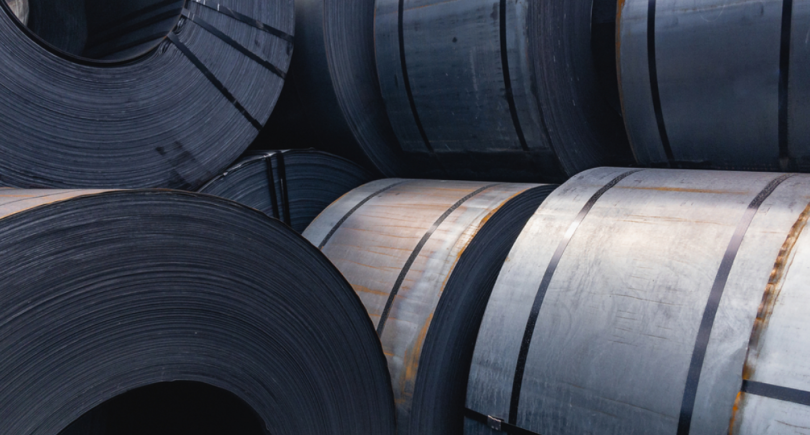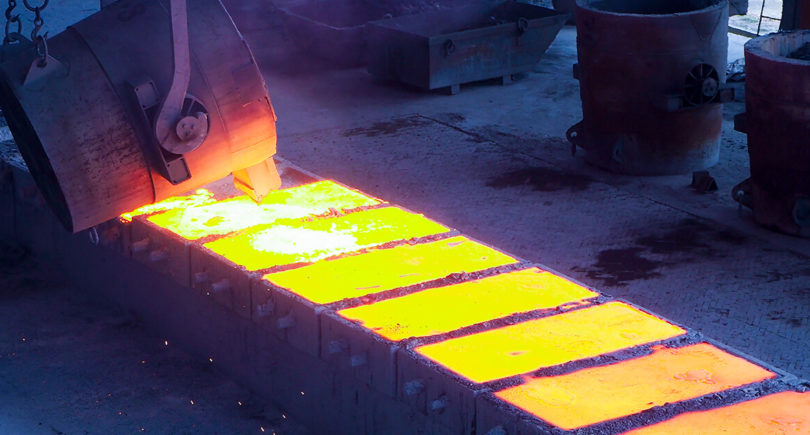
The only way to supply iron ore products is shipments to Europe by rail
Ukrainian iron ore producers continue to work with a reduced utilization rates. The only way to supply their products is shipments to Europe by rail, when the Russian Navy is blocking Ukrainian ports in Black Sea. For example, Ferrexpo, which is one of the TOP-3 largest exporters of pellets globally, has declared force majeure on seaborne supplies, while at the same time continuing to deliver to Europe.
The share of the EU and other European countries in iron ore exports from Ukraine was 46% in 2021. In other words, the average capacity utilization of local companies could be about 50% from pre-war period. According to some companies, their utilization is 50-75%. This may indicate the desire of companies to increase stocks, counting on the solution of the problem with transport.
Transportation by rail is the bottleneck in Ukraine now. This factor limits the possibility of increasing production with the subsequent export of iron ore to other regions through the European ports.
8 of 10 iron ore plants in Ukraine located in Kryvyi Rih in Dnipropetrovsk region, 1 in Poltava region (both Poltava and Yeristovo mining) and 1 in Zaporizhzhia region. Almost all enterprises of the iron ore industry of Ukraine continue their work. But there are few exceptions. The first one is ArcelorMittal Kryvyi Rih, which facilities aimed at meeting their own needs for raw materials, and not for export. There is no data on the work of Zaporizhzhia iron ore plant, which is located in the area of active hostilities.
The continued operations of iron ore companies are very important for the Ukrainian economy, as they provided about 54 thousand jobs, 3.2% of GDP and about 10% of exports of goods from Ukraine.
Ukrainian iron ore companies accounted for 19% of pellet imports to the EU in 2021. At the moment, these deliveries are not under threat, European enterprises have no problems with the supply.
The share of Ukrainian iron ore on the Chinese market is minor – about 2%. But on the pellets market it`s significant – 18%. And these deliveries were disrupted. Given that the cessation of supplies of cast iron and steel semi-finished products from Ukraine and Russia led to an increase in demand for Chinese rolled products. In other words, there is again a gap between supply and demand for iron ore in China. The rise in global prices for rolled products allows steel producers to accept the rise in prices for iron ore offered from Australia and Brazil. Prices for Fe62% iron ore in China have increased by 15% since the beginning of the Russian invasion to Ukraine and reached $160 as of March 09th.
Read more in the analyst study GMK Center.




